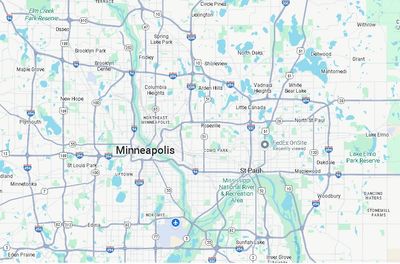Get 20% off, ask your driver how!
Signed in as:
filler@godaddy.com
Get 20% off, ask your driver how!
Signed in as:
filler@godaddy.com
Chevrolet/Chevy, BMW, Ford, Honda, Toyota, Mercedes-Benz, Nissan, Dodge, Hyundai, Buick, Cadillac, Mazda, Fiat, Chrysler, Jeep, Lexus, Audi, GMC, Hummer, Isuzu, Infiniti, Jaguar, Kia, Land Rover, Lincoln, Mercury, Mini Cooper, Mitsubishi, Pontiac, Ram, Saab, Saturn, Scion, Subaru, Suzuki, Volkswagen, Volvo. Road side assistance services for all.
We provide roadside assistance in these cities:
Maplewood, Oakdale, North Saint Paul, West Saint Paul, South Saint Paul, Vadnais Heights, Mendota Heights, Falcon Heights, Highland Park, Lauderdale, Little Canada, Arden Hills, Minneapolis, Saint Anthony, Saint Paul, Roseville, Eagan, Bloomington, Richfield, Inver Grove Heights, Cottage Grove, Saint Paul Park, Woodbury, Edina, Burnsville, Hopkins, Saint Louis Park, Golden Valley, Robbinsdale, Brooklyn Center, Columbia Heights, Fridley, Mounds View, White Bear Lake.
My Roadside Helper Phone Number (612)-699-3377


To jump start a car, you'll need jumper cables, also known as booster cables, to connect the dead battery to a fully charged battery in another vehicle. Here are the steps you can follow:
It's important to connect and disconnect the cables correctly to avoid damaging the electrical systems or batteries.

A car battery is considered dead when its voltage drops to 11.9 volts or below. A fully charged 12-volt car battery should have a voltage of around 12.6 volts. Here are some other things to know about car battery voltage:

Here are some signs of a bad car battery versus a bad alternator:

Here are some signs that your car battery is dead or dying:

Cold weather can cause a number of problems for your car, including:
Here are some tips to help prevent car problems in cold weather:

Here are some things you can try if your car is stuck in snow:
Help me remove my car from the snow
Open today | 12:00 am – 11:45 pm |
Copyright © 2025 My Roadside Helper - All Rights Reserved.
We use cookies to analyze website traffic and optimize your website experience. By accepting our use of cookies, your data will be aggregated with all other user data.
